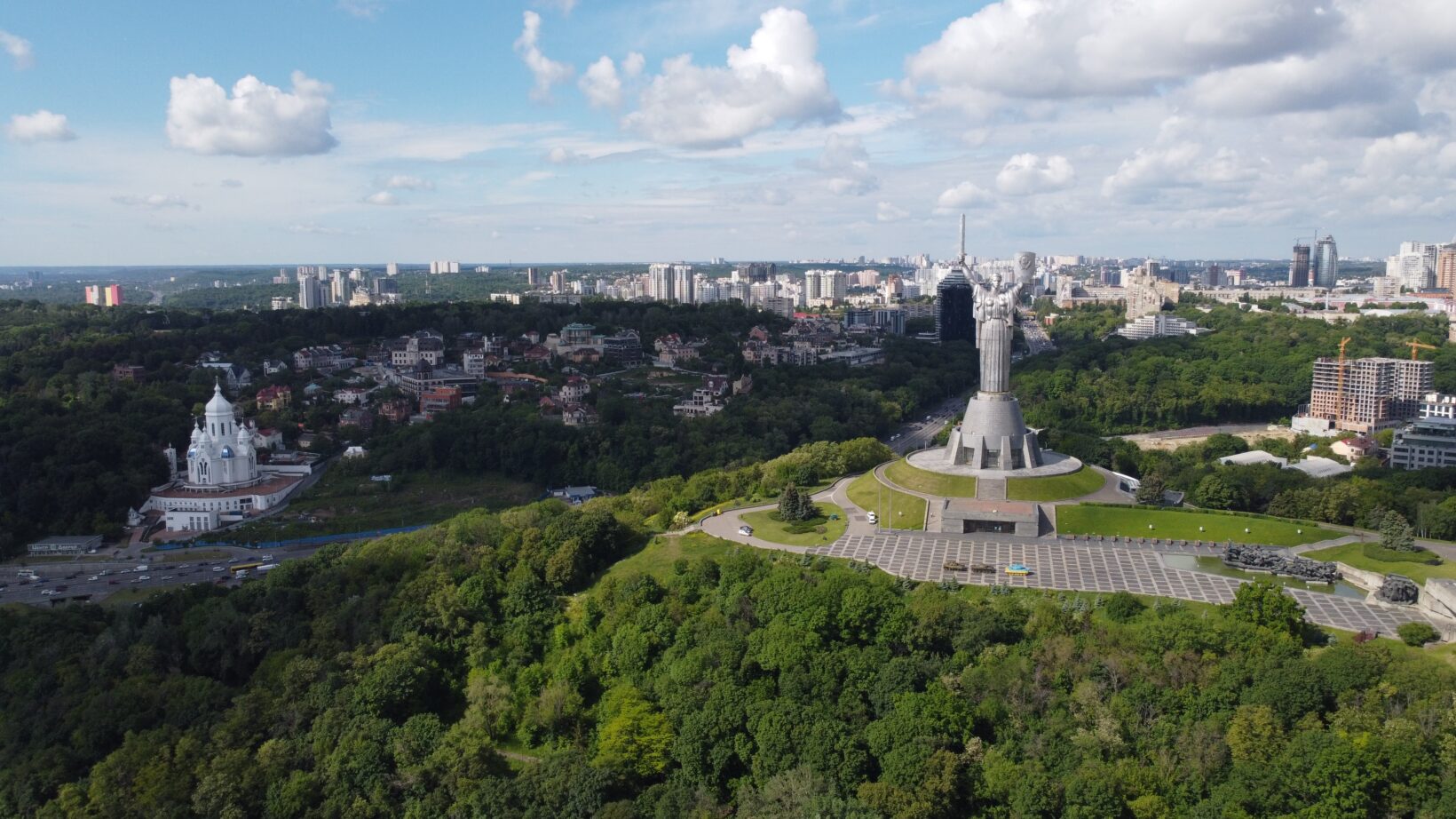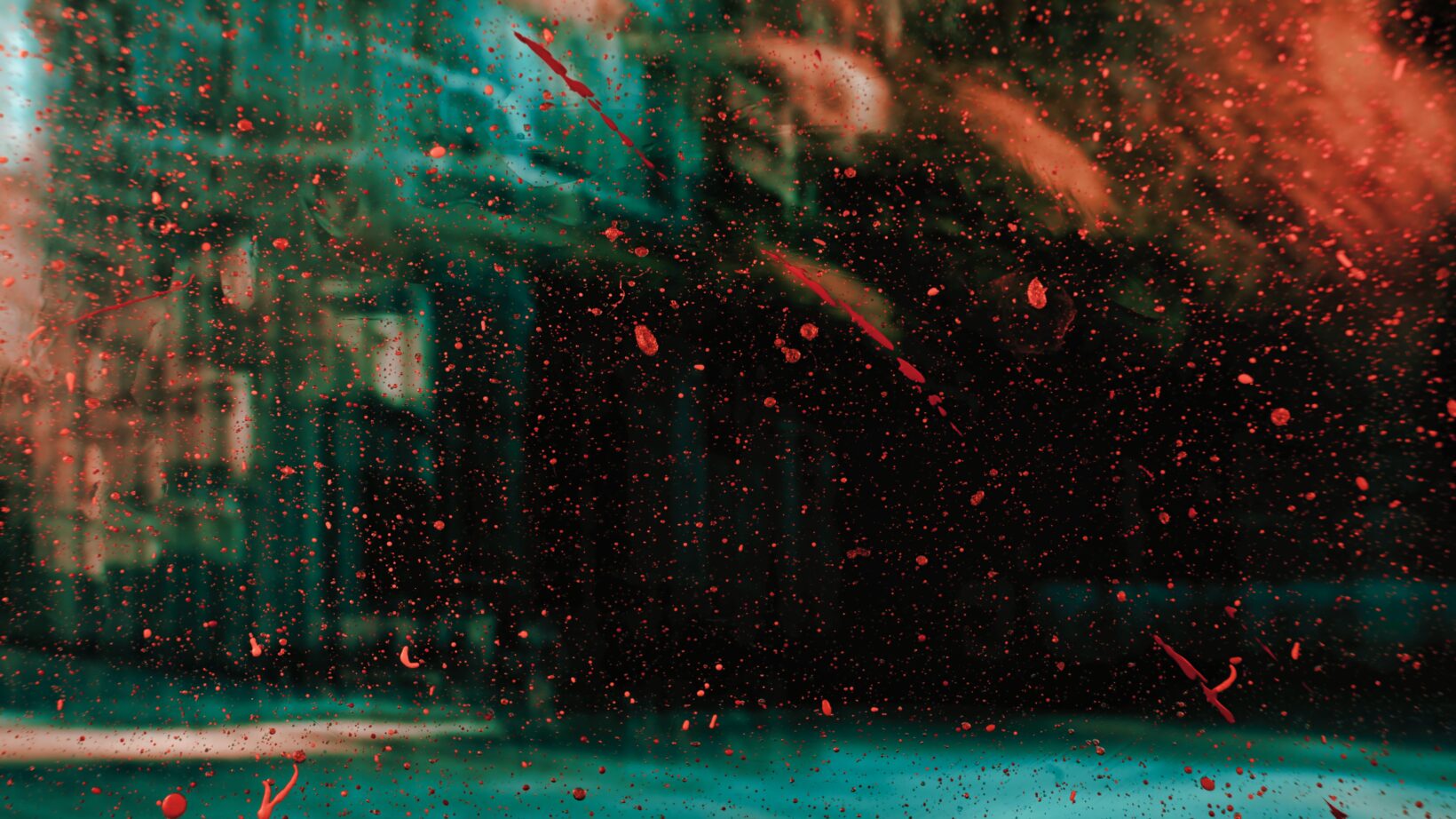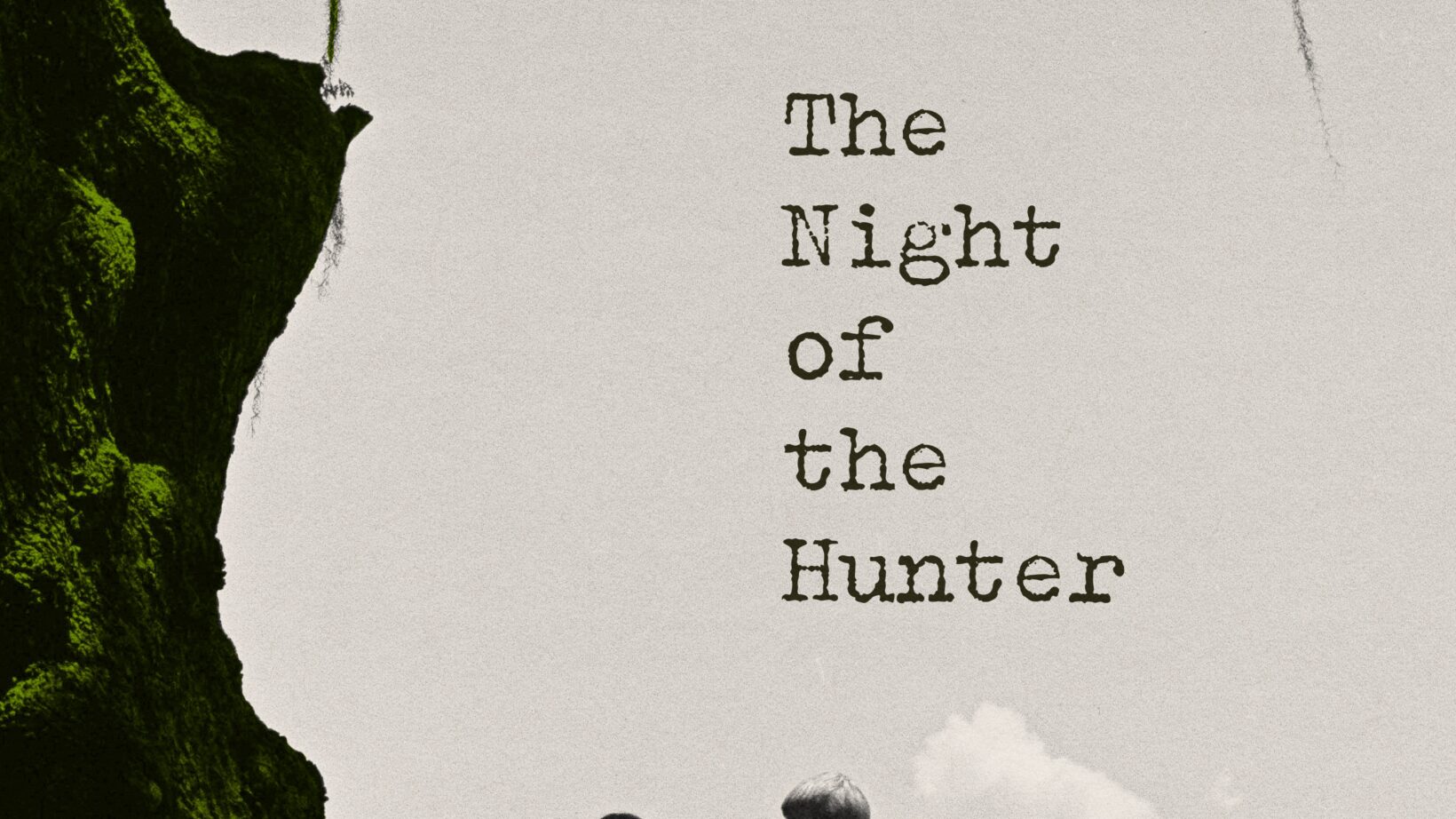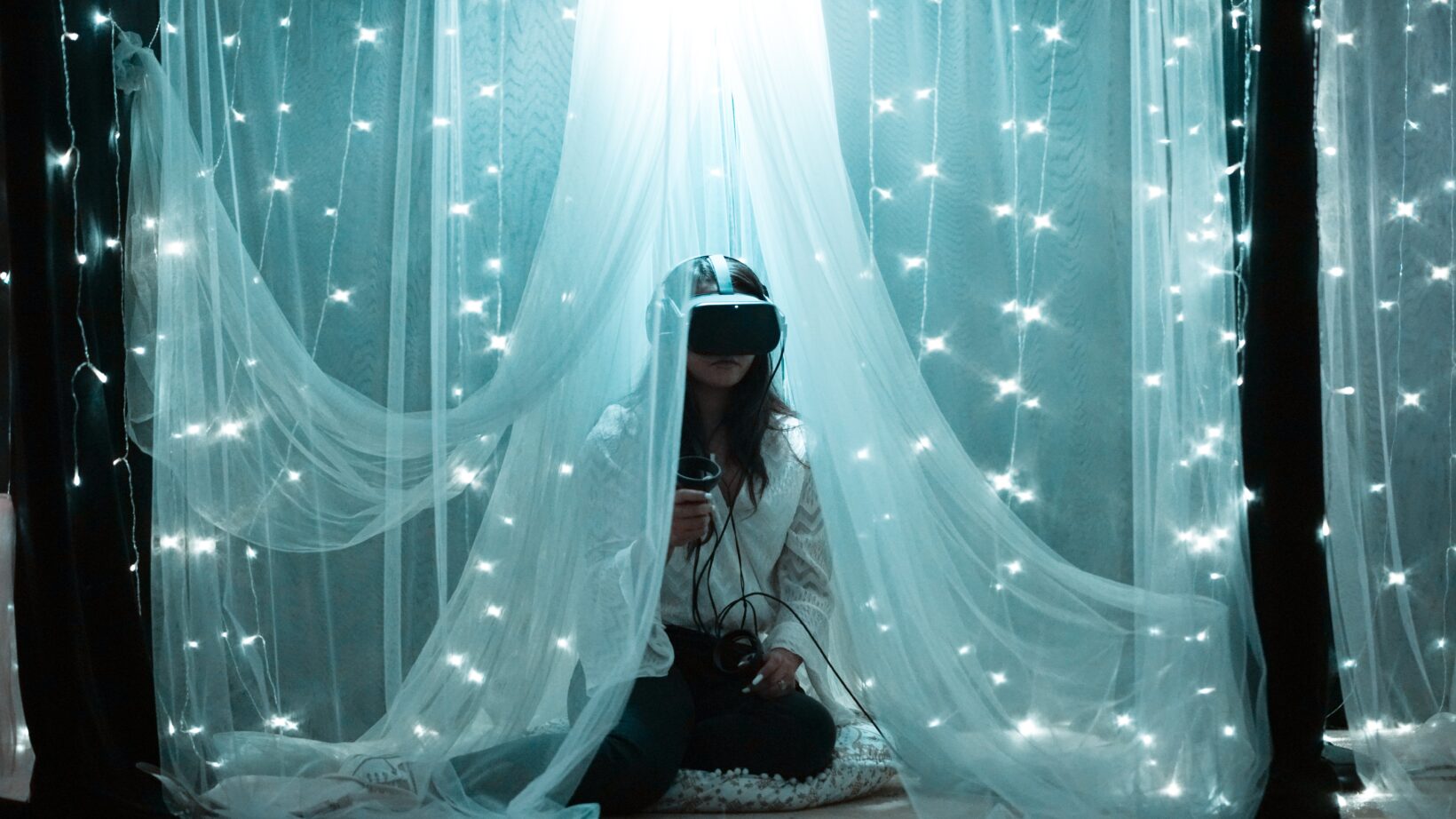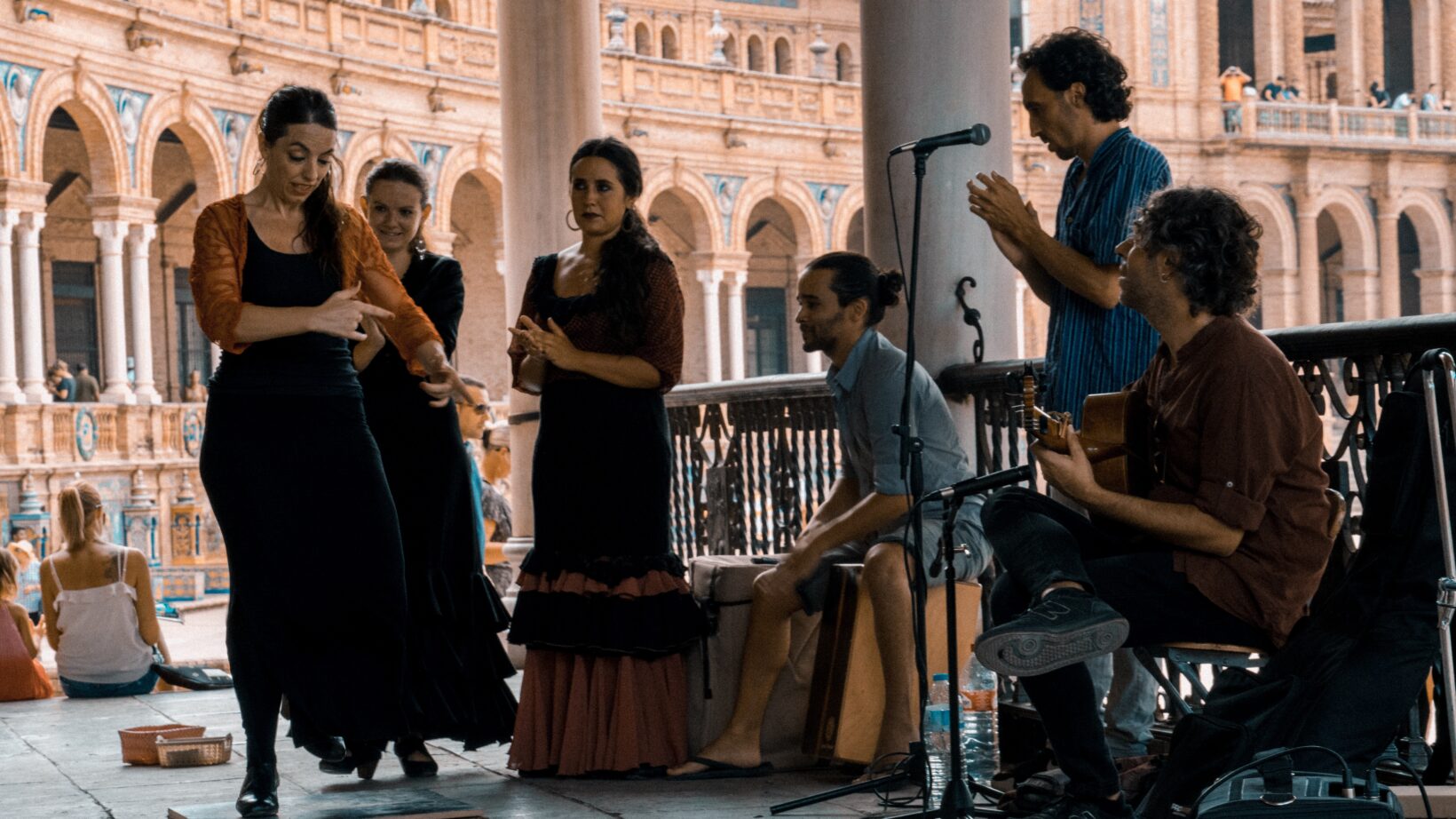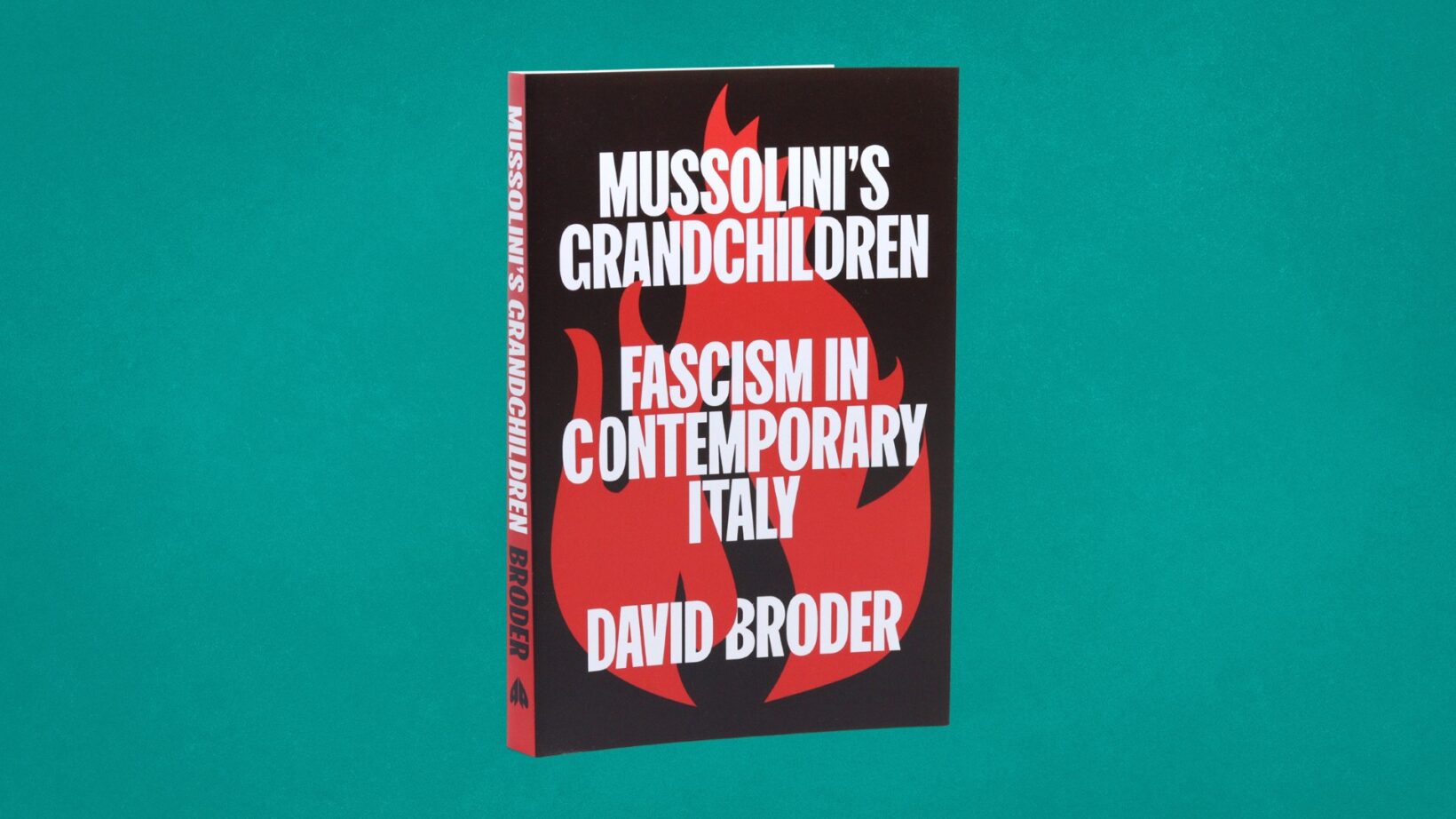A new exhibition at the Scottish National Gallery of Modern Art looks at the life and work of British sculptor Barbara Hepworth and how her art was shaped by her personal circumstances and progressive politics.
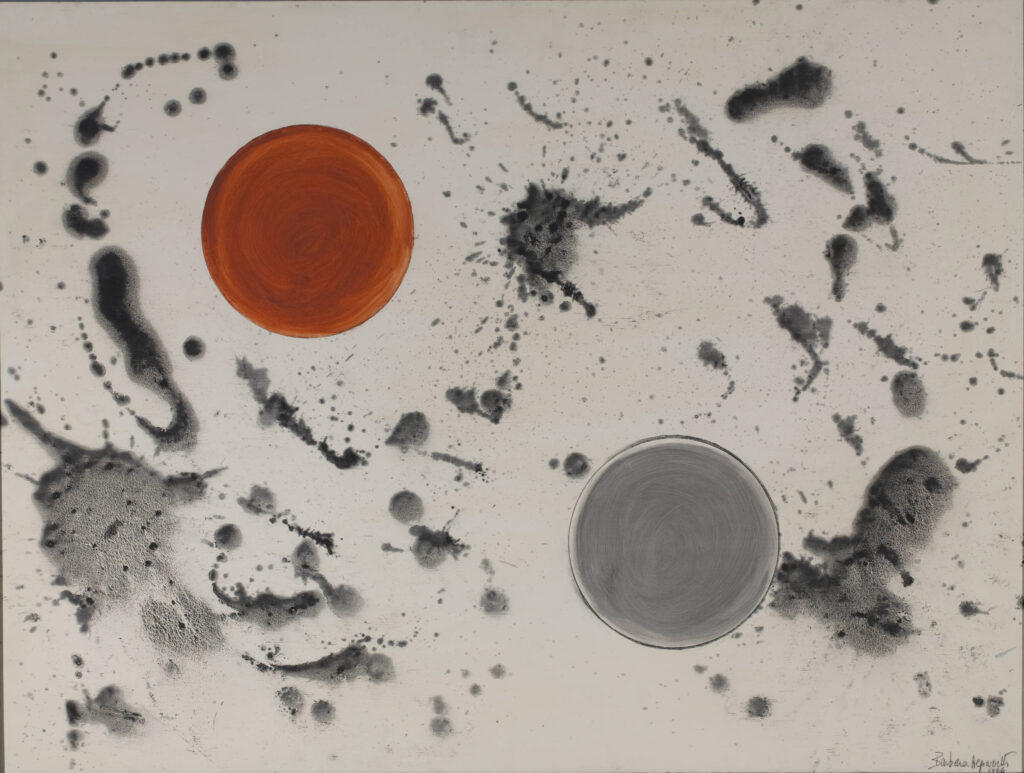
When Modernist painter Ben Nicholson first visited St Ives in 1928 he found a secluded seaside town with a quietly self-sufficient fishing industry. When he returned to settle in 1939 with his new wife, sculptor Barbara Hepworth, he reignited an artistic interest in the location that had begun in the 1800s when the likes of JMW Turner and Stanhope Forbes had crossed the new Tamar railway bridge into Cornwall and visited St Ives to paint. Nicholson became evangelistic about the place, not just its natural light (seems to come from all angles, perfect for painting) but its topography, agriculture, and people. His enthusiasm was infectious and an artistic colonisation soon followed, with the likes of Russian Constructivist artist Naum Gabo, and painters Peter Lanyon and Patrick Heron moving to the town to work and discuss new ideals. A passionate, mercurial figure, Nicholson was anointed as the King of St Ives; the individual who put the place on the modern art map. However, while Nicholson’s work continues to be revered for its power of abstraction today, the artist most associated with using St Ives as the launchpad for a career as an internationally respected artist is Barbara Hepworth.
Born in Wakefield in 1903, Barbara Hepworth lived in St Ives until her death in 1975. Nicholson was her second husband, and they married in 1938 after Hepworth had divorced her first, sculptor John Skeating, two years earlier. Hepworth had four children, a son with Skeating, and triplets (two girls and a boy) with Nicholson in 1934. Determined to balance motherhood with her career, Hepworth juggled child-rearing and housekeeping duties as she built her reputation as a key figure in modern arts and the avant-garde. Between 1925 and her death Hepworth created over 600 sculptures, along with numerous drawings, prints, texts, and experiments in textiles. Hepworth was inspired by form – the sweep of a hill, the curve of a tree branch or shell, the sway and bounce of the human body. She chiselled tactile, bulging shapes from wood and stone, punching holes in pieces (a trope later adopted by her contemporary, Henry Moore) to add infinite depth and space, and casting in metal. Hepworth’s ‘Winged Figure’ sculpture has been on display outside the John Lewis department store in London’s Oxford Street since 1961. In 1964 the United Nations installed her ‘Single Form’ bronze monument outside their New York headquarters. Barbara Hepworth was one of the most important artists of the twentieth century.
Along with her hard-earned success, Hepworth suffered a seemingly insurmountable number of personal setbacks and tragedies in her lifetime; post-natal depression, two failed marriages (she split from Nicholson in 1951 following his infidelity), the death of one of her children, a betrayal by another. Then there was the gender-critical onslaught. Here was a woman innovating and excelling in the male-dominated global art community. How dare she? In her book ‘Barbara Hepworth: A Life In Forms’, biographer Sally Festing writes ‘at every waking moment Barbara Hepworth was aware of herself as a woman paving the way in a man’s world’. It’s these lived experiences that form the basis of the ‘Barbara Hepworth: Art & Life’ exhibition that originated at the Hepworth Wakefield gallery in Yorkshire last year and that moves to the Scottish National Gallery of Modern Art in Edinburgh in April 2022. The survey is curated by Eleanor Clayton of the Hepworth Wakefield organisation. Eleanor also wrote the ‘Barbara Hepworth: Art & Life’ book that works both as a companion to the exhibition and one of the few standalone biographies that chapters Hepworth’s entire life, from cradle to grave. How, I ask her, are Hepworth’s fleeting life events and emotional milestones integrated with her solid, three-dimensional artworks in the exhibition space? “For Hepworth, art and life were inextricably linked,” says Eleanor. “In 1934 she wrote that work and living were the same, saying ‘all is one movement’. Events in her life are present in her work, whether they are personal events like the birth of her triplets which she felt led her work to become more abstract, or world events like the moon landing in 1969 which prompted a series of works featuring celestial bodies. These events shaped her sculpture and visual language, and it is through her work that the story of her life can be told.”
As befits an artist of her stature, there have been a number of Barbara Hepworth retrospectives over the years, so how has Eleanor created key points of difference between those and the ‘Art & Life’ exhibition? “Hepworth’s contribution to the development of modern sculpture has been well-documented, but less known is how her personal commitments and passions fed into her work, from spirituality to technological advances, politics and poetry, music, theatre and dance – and of course her family life. ‘Art & Life’ aims to give a comprehensive look at this remarkable woman and her expansive artistic practice; paintings, prints and textiles as well as the iconic sculptures for which she is known.”
While her work dealt less with political discourse and more in reflecting relationships between forms within the living world, Barbara Hepworth wanted to be known as a sculptor (not a sculptress) first, and a woman second. She also refused to exhibit in women-only exhibitions. How political was Hepworth in her everyday life? “She was extremely political – this is one of the aspects of her life and work looked at in the exhibition,” Eleanor says. “In the 1930s she participated in anti-Fascist exhibitions in the lead up to World War II, and was part of a movement who believed that abstract art provided a universal language that could unite humanity. She campaigned for nuclear disarmament in the 1950s, becoming an advocate for CND and calling publicly for the government to stop nuclear testing. She also was broadly socialist and believed in the dignity of the worker, becoming a member of the Labour party in 1956. She was a pacifist and campaigned against the Vietnam War in 1965. Her feminist views – that women had a valuable contribution to make, one distinct but equal to that of men – were inspirational to pioneers of feminist art like Judy Chicago, who included reference to Hepworth in her seminal feminist artwork ‘The Dinner Party’.”
When I ask her for her favourite piece in the exhibition Eleanor plumps for the 1934 plaster sculpture, ‘Oval Sculpture’, explaining, “it’s one of the most significant works that Hepworth made during the war, when materials were scarce and she had little time for carving between looking after her children, and running a small nursery and garden as war work. When she was able to carve, the incredibly complex structure of ‘Oval Sculpture’ emerged, part landscape, part body, expressing both the tension of the war, and the determination to find peace and balance amidst adversity.”
Barbara Hepworth’s synonymity with St Ives and Cornwall runs deep. Her original Trewyn House studio – now the Barbara Hepworth Museum and Sculpture Garden – is as popular a tourist attraction as the Tate St Ives gallery that, it could be argued, might not be there but for Hepworth’s presence. Cornwall has a complicated relationship with tourists, and the sheer number of holidaymakers and second homeowners entering the county over the past year or so has reinforced some Cornish citizens’ call for independence. Does Eleanor think Hepworth would have been in favour of an independent Cornwall? “Hepworth was passionate about the Cornish character and history, the customs and traditions and the importance of preserving the landscape,” she says. “She also believed in the connectivity of all people, so I wonder if she might have been supportive of uniting people rather than separations.”
‘Barbara Hepworth: Art & Life’ is at the Hepworth Wakefield gallery until the end of February before moving to the Scottish National Gallery of Modern Art from April 9th – October 2nd 2022.
Simon Coates is a London-based artist, writer and curator. He is also the founder of the arts and activism platform Tse Tse Fly Middle East.
